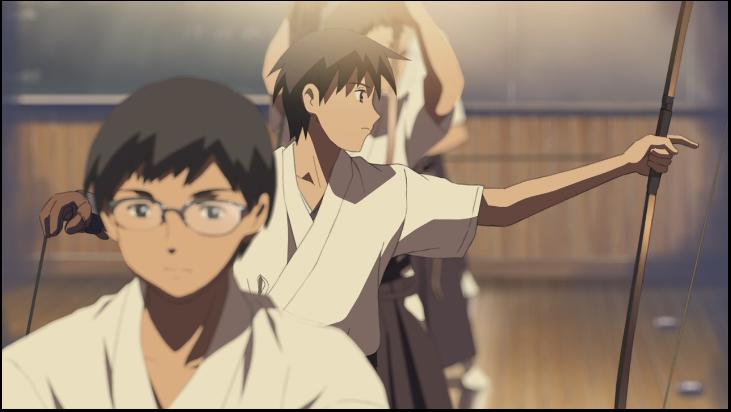For my CIP I decided to continue taking Aikido classes. Classes are Mondays, Thursdays, and Saturdays at the Kyoto Martial Arts Center near Heian Jingu. It’s between my home and school so it’s a very convenient location. So far it’s been a lot of fun and occasionally a great workout. Like last week when I got to practice with the older students and got thrown more times than I could count. I took classes last semester as well but it’s been a better experience this semester mainly because I know all of the other students a bit better and I can actually interact with them. I still have difficulty understanding them sometimes but I know enough to comment occasionally.
I had my ranking test a couple of weeks ago. I had to perform a few of the more basic moves and I passed, even though I tripped over my instructor’s feet on the last one. But I passed and I should be getting a certificate for it sometime soon. I think that would be the best souvenir I could bring back. Aikido is a lot like dancing in a sense: it teaches you great body control and I’m more flexible now than I’ve ever been.
The instructors are really good. Since I’m a relatively new student I usually practice with the assistant instructor and he’s a lot of fun to practice with. When he demonstrates the moves I do my best to resist but I never win. The harder I try the harder I just end up falling flat on my back. It’s really impressive sometimes because even when I try my hardest I know he’s going easy on me. All the moves are designed to use as little force as possible so no matter the size and strength of the person you’re up against you will be able to stop them. Aikido’s main philosophy is to be able to defend yourself without injuring anyone, even your attacker, so it’s the perfect martial art for pacifists. Every move is basically a circular movement and it’s really surprising how effective they are occasionally.
There are a lot of black belt students. A few of them must be over seventy years old but they all have really strong cores. The best students are pretty much steel rods wrapped in rubber: really flexible but immovable at the same time. I usually practice with the younger students but I occasionally practice with the older ones and those are always the better practices because they go through the moves much faster and they are always willing to offer advice. I definitely want to continue Aikido when I get back to the US if I can find the time.

